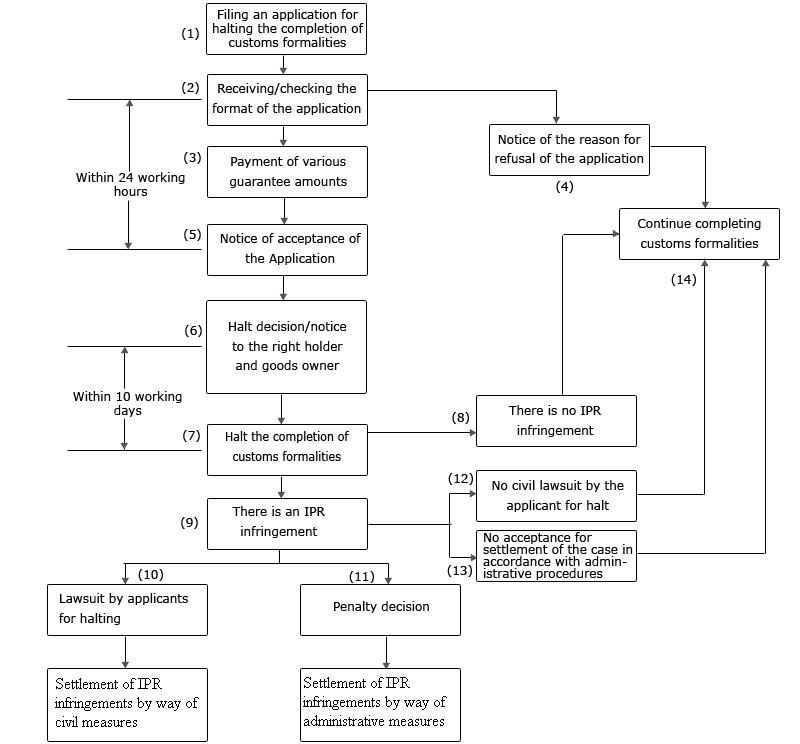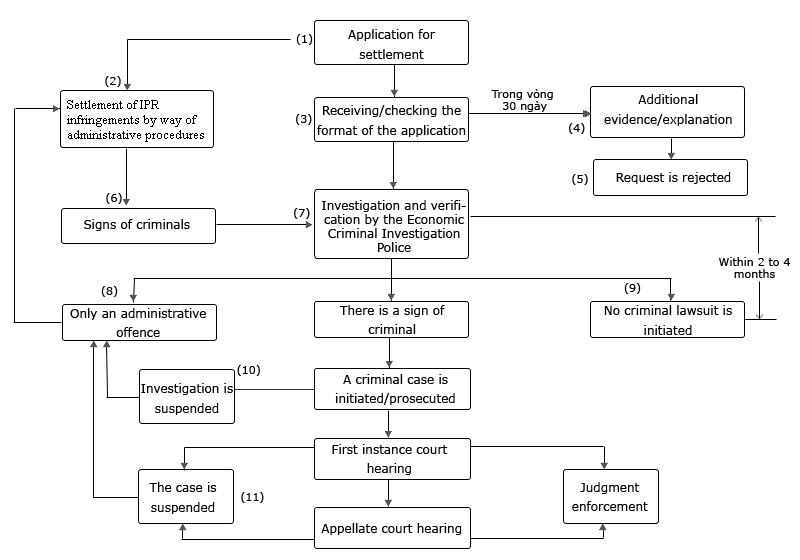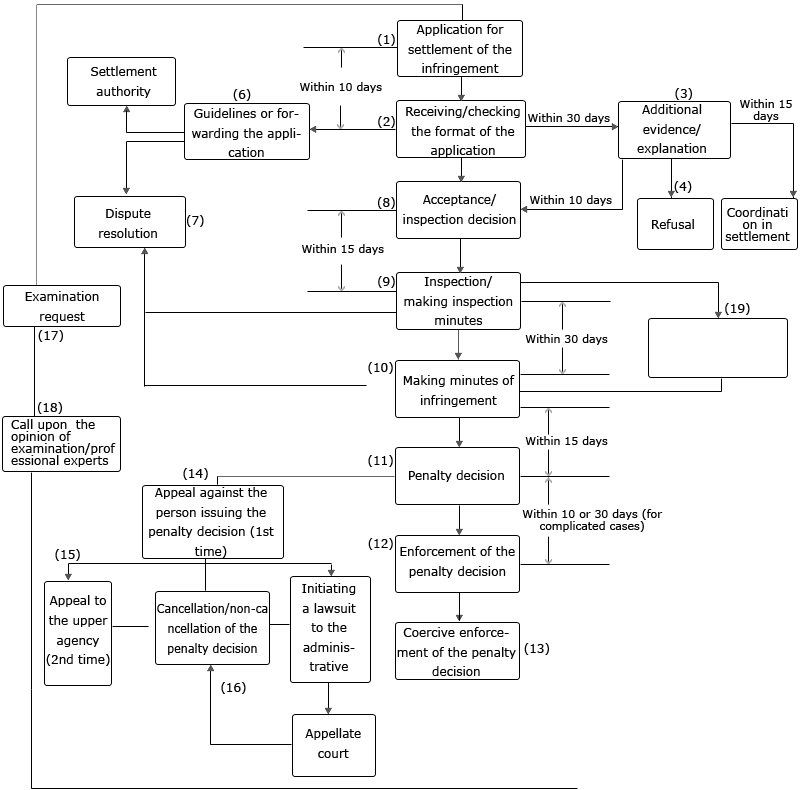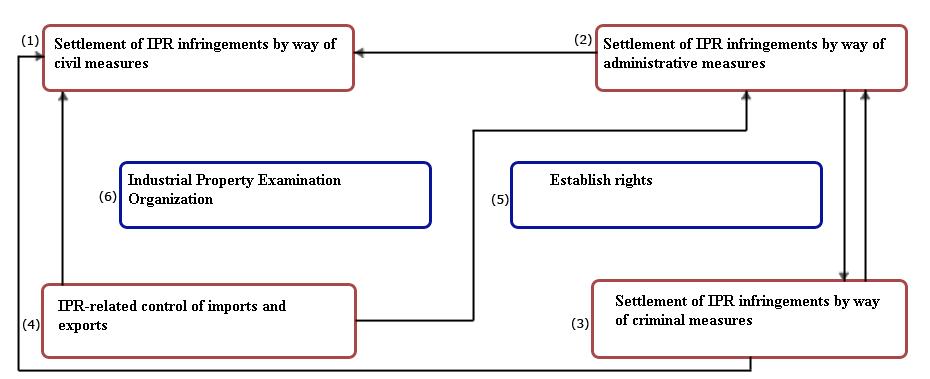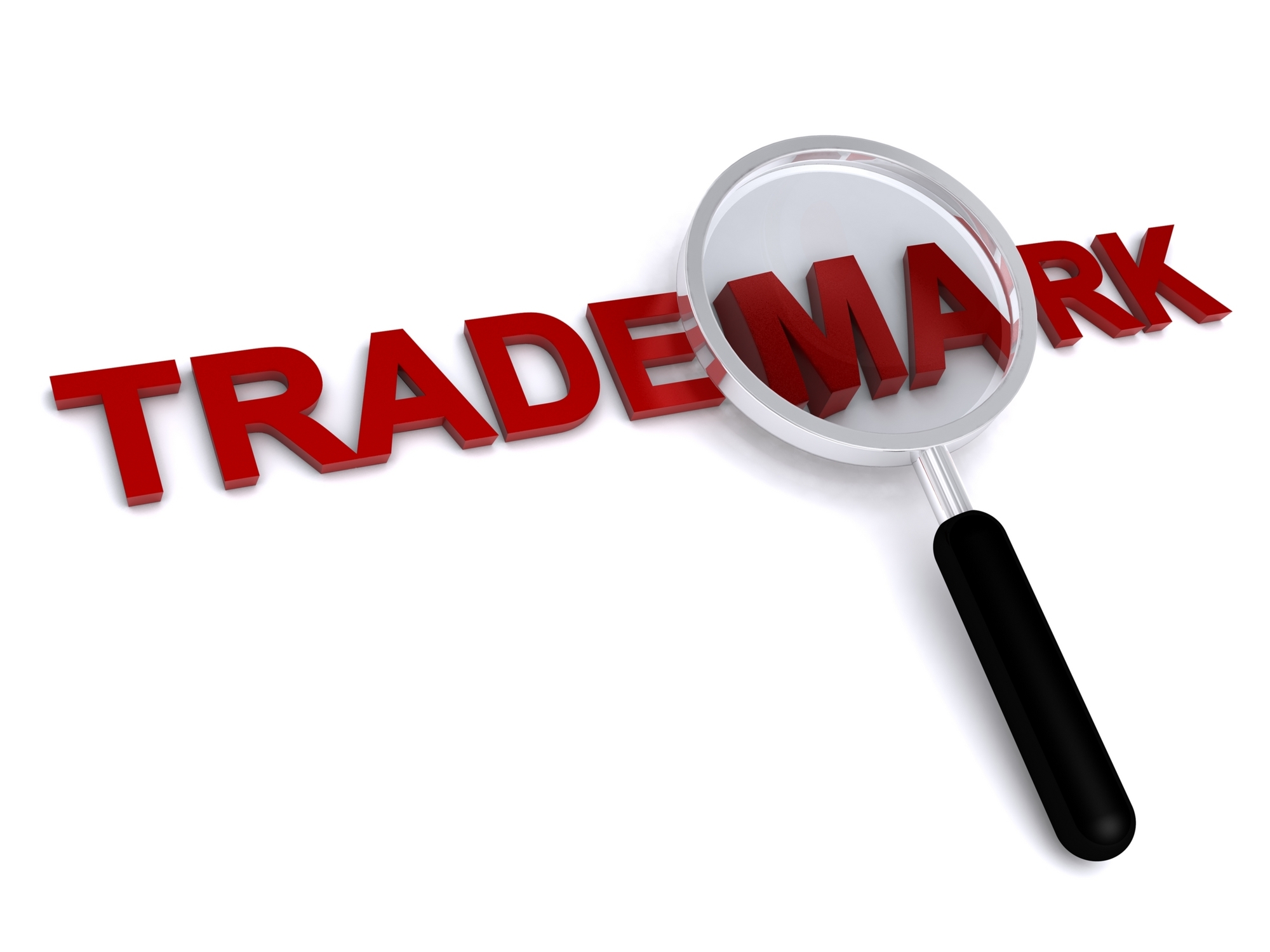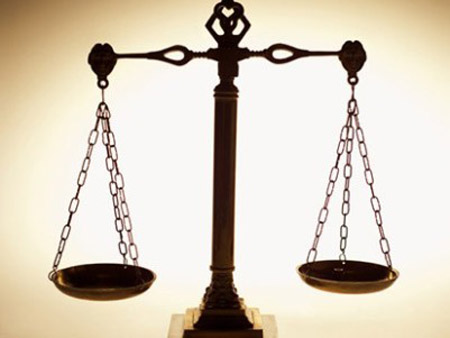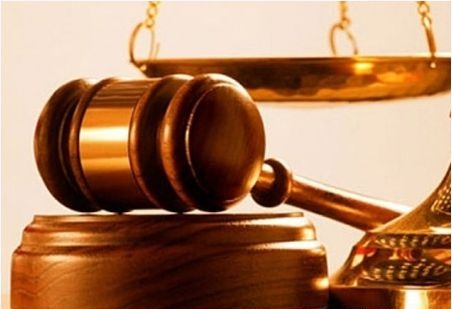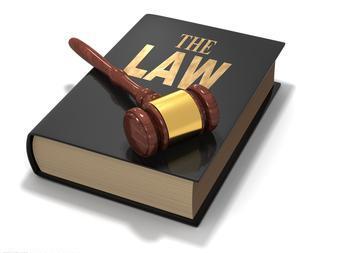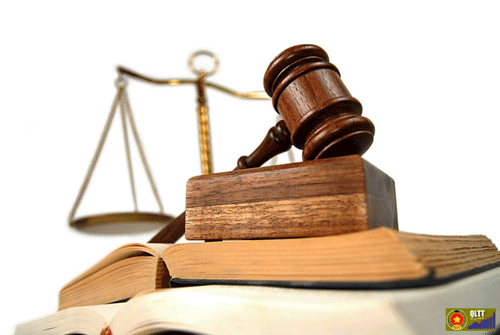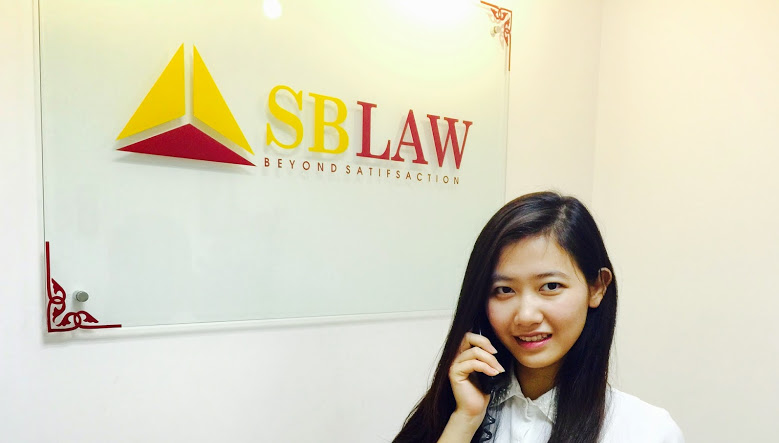Applicants should be aware of the examination process a patent going through the National Office of Intellectual Property of Viet Nam (NOIP). This process is begun with the filing of a patent application with NOIP and completed by granting a patent.
(1) Filing the application
In order to obtain the patent right in Viet Nam, you must file the application for granting a Patent (for Invention and for Utility solution separately), directly or by mail, to the National Office of Intellectual Property of Viet Nam (NOIP) or its brand offices in Ho Chi Minh City or Da Nang.
Organizations, individuals of Viet Nam, foreign individuals permanently residing in Viet Nam and foreign organizations and individuals having a production or trading establishment in Viet Nam may file applications for a patent either directly or though a lawful representative in Viet Nam.
Foreign individuals not permanently residing in Viet Nam, foreign organizations and individuals not having a production or trading establishment in Viet Nam shall file applications for a patent through a lawful representative in Viet Nam.
Besides, foreign applicants can also obtain a patent right in Viet Nam by filing an international application which designates or selects Viet Nam through the PCT system. Applicant must carry out procedures for registration of an invention under the PCT’s provisions at NOIP within 31 months from the international filing date or from the priority date, if the priority right is claimed in the application.
The first-to-file principle
Viet Nam adopts the first-to-file system, i.e. where two or more applications are filed by many different parties for registration of the same invention, the patent may only be granted to the valid application with the earliest priority or filing date among applications that satisfy all required conditions; where there are two or more applications satisfying all the conditions for the grant of patent and having the same earliest priority or filing date, the patent may only be granted to a single application out of these applications under an agreement by all applicants. Without such an agreement, all these applications shall be refused for the grant of a patent.
Accordingly, it is advisable to file an application for a patent as soon as possible after the invention and not to make the invention public before filing the application.
(2) Formality examination
A patent application filed with the NOIP shall be subject to formal examination for evaluating its validity.
The time limit for formality examination of an application is one (1) month from the filing date. In the course of formality examination, if the applicant corrects or supplements documents on his/her own initiative or upon the request of the NOIP, the time limit for formality examination may be prolonged for a period of time during which documents are corrected or supplemented.
(3) Request for correction and amendment
Before the expiration of the time limit above, the NOIP shall complete the formality examination of applications and send notices on examination results to applicants.
- For a valid application, the NOIP shall send to the applicant a notice on acceptance of valid application.
- For an application failling to meet formal requirements, the NOIP shall issue a notice of intended refusal to accept valid applications, clearly stating reasons and setting a time limit for the applicant to correct errors or to object such intended refusal and set a time limit of one month from the date of notification for the applicant to give opinions or correct errors;
(4) Refuse to accept the valid application
If the applicant to whom the NOIP has sent a notice on its intended refusal of the application fails to correct errors or unsatisfactorily corrects errors or makes no opposition or makes unreasonable opposition to the intended rejection within the set time limit, the NOIP shall send a notice on its refusal of the application and, upon the applicant’s request, refund the paid fees and charges for jobs to be done after the formality examination.
The applicant and all organizations and individuals having rights and interests directly related to decision may lodge complaints with the Director General of NOIP or initiate a lawsuit at court if they disagree with this decision within 90 days from the date the person having the right to complaint receives the notice of this decision.
Within 10 days from the date of receipt of a complaint about the decision of refusal, NOIP shall issue a notice of acceptance or rejection of such complaint, clearly stating the reason(s) for rejection.
Upon the expiration of the time limit for settlement of the complaint about the decision concerning the patent application (the 1st complaints), if the complaint is not settled or complainants disagree with complaint-settling decisions of the NOIP, the complainants or persons having rights and interests directly related to the decision may further lodge their complaints (the 2nd complaints) to the Minister of Science and Technology or initiate lawsuits at court within 30 days from the date of expiration of the time limit for settlement of the 1st complaint if by that date the 1st complaint is not settled, or from the date the person having the right to complaint receives or knows about the decision on settlement of the 1st complaint. Upon the expiration of the time limit for settlement of the 2nd complaint above or if the complainant disagree with complaint-settling decisions of the Minister of Science and Technology, such complainant or person may initiate lawsuits at court.
(5) Publication of the Patent Application
The patent application accepted as valid shall be published by the NOIP in its Industrial Property Official Gazette in the nineteenth (19) month from the date of priority or the filing date in case the application has no date of priority or within two (2) months after being accepted as a valid application, whichever is later for oppositions and comments of third parties.
Applicants shall pay a fee for such publication.
Patent applications under the Patent Cooperation Treaty (PCT) shall be published within two (2) months from the date it is accepted as a valid application and enters the national phase.
Patent applications containing a request for earlier publication shall be published within two (2) months from the date the NOIP receives that request or the date it is accepted as a valid application, whichever is later.
(6) Request for the Substantive Examination
An substantive examination of the application will be carried out only for which the applicant or a third party has filed a request for examination and paid the examination fees within 42 months as of the filing date or the priority date, as applicable, and the time limit for making request for substantive examination of an patent application involving a request for a utility solution patent shall be 36 months counting from the filing date or the priority date, as applicable.
Where no request for substantive examination is filed within the time limit mentioned above, the invention registration application shall be considered having been withdrawn at the expiration of that time limit.
(7) The Substantive Examination
The purpose of substantive examination of patent applications is to assess the patentability of objects claimed in the application under the requirements and corresponding protection scope. A substantive examination will be carried out by examiners of the NOIP within 12 months from the date of receiving the request for substantive examination.
If the applicant, in the course of substantive examination, corrects or supplements documents or makes justifications on his/her own initiative or upon the request of the NOIP, the time limit for substantive examination may be prolonged for a period of time during which the applicant does so.
(8) Notification of the Substantive Examination Results
On the date of expiration of the time limit for substantive examination of an application at the latest, the NOIP shall send to the applicant one of the following notices:
- a notice on its intended refusal to grant a patent, clearly stating the reason(s) for refusal, possibly guiding the change of the protection scope and setting a time limit of two (2) months from the date of issuance of the notice for the applicant to give opinions and satisfy the requirements (The applicant may request prolongation of the time limit), if the object claimed in the application fails to satisfy the protection conditions.
- a notice on its intended refusal to grant a patent, clearly pointing out errors and setting a time limit of two (2) months from the date of issuance of the notice for the applicant to justify or correct errors. (The applicant may request prolongation of the time limit), if the object claimed in the application satisfies the protection conditions but the application still contains errors.
- or makes reasonable justifications within the time limit abovea notice on its intended grant of a patent and request the applicant to pay the fee as referred to in the Item (10), if the object claimed in the application satisfies the protection conditions or makes reasonable justifications within the time limit above.
(9) The Decision of Refusal
If the applicant to whom the NOIP has sent a notice on its intended refusal of the application fails to correct errors or unsatisfactorily corrects errors or makes no opposition or makes unreasonable opposition to the intended rejection within the set time limit, the NOIP shall send a notice on its refusal of the application.
When dissatisfaction is in the decision of refusal of examiners, the applicant may appeal against the decision of refusal with Director General of NOIP or initiate lawsuits at court in accordance with procedures mentioned in the item (4) above.
(10) Request to pay fee
As mentioned in the Item (8), if the patent is granted, the NOIP shall request the applicant to pay the fee for the grant of a patent, the fee for notification of the patent grant decision, the registration fee and the fee for maintenance of the first year’s validity of the patent.
(11) Issue the Patent
Within 10 days after applicants pay fully and on time the fees and charges, the NOIP shall carry out the procedures for granting the patent for the invention.
(12) Entry into the National Register of Industrial Property and publication of the patent
The Patent shall be recorded in the National Register of Inventions and the decision on granting the patent shall be published by the NOIP in the Industrial Property Official Gazette within two (2) months from the date of issuance and after applicants pay a publication fee.
Note:
(i) As from the date an patent application is published the Industrial Property Official Gazette until prior to the date of decision on the grant of a patent, any third party shall have the right to present opinions to the NOIP in relation to the grant or refusal of the patent in respect of the application. Such opinions must be given in written form and be accompanied by materials or must specify the source of information used for proving.
(ii) The time limit for re-examination of patent applications shall be equal to two thirds of, and in complicated cases extendable up to, the time limit for initial examination.
(iii)“PCT applications” include: (a) applications containing a claim for the protection in Viet Nam and filed in any member countries of the PCT, including Viet Nam (PCT applications designating or selecting Viet Nam); (b) applications filed in Viet Nam and containing a claim for the protection in any member countries of the PCT, including Viet Nam (PCT applications originating from Viet Nam).
Source: https://www.aseanip.org/IP-in-ASEAN/Patent-and-Utility-Model/Viet-Nam


